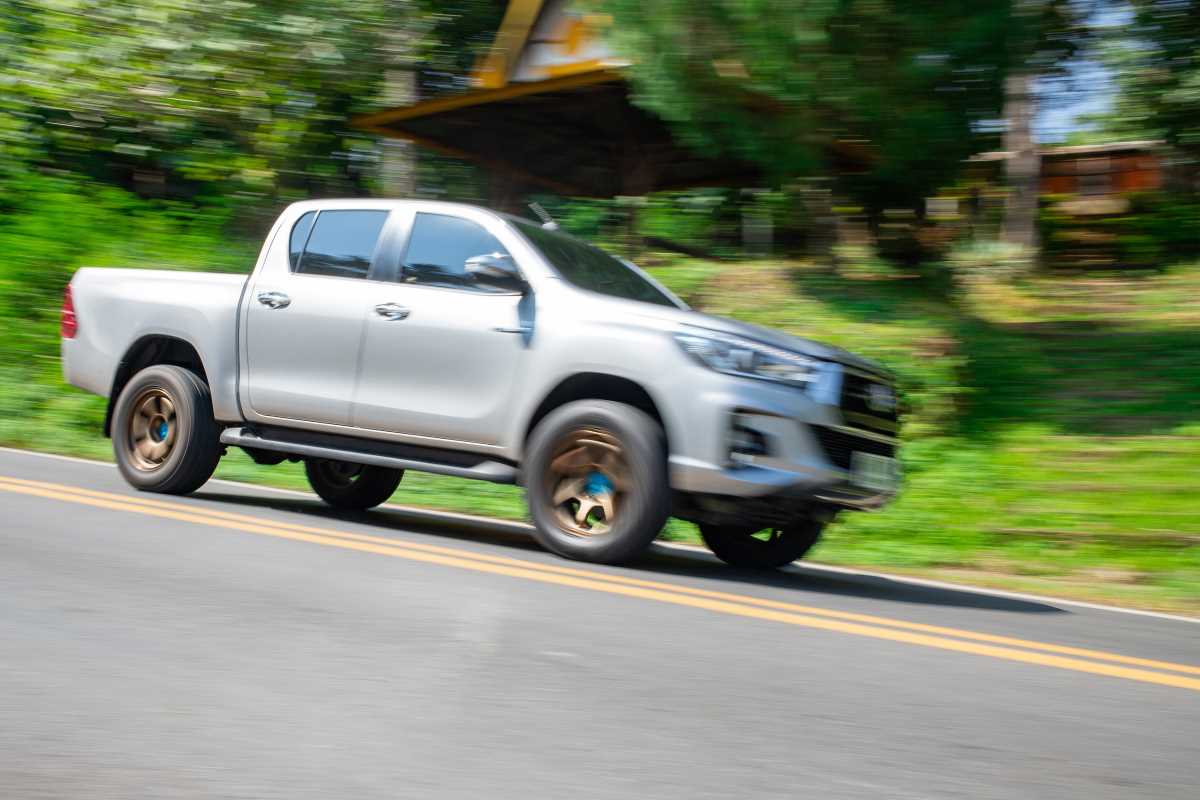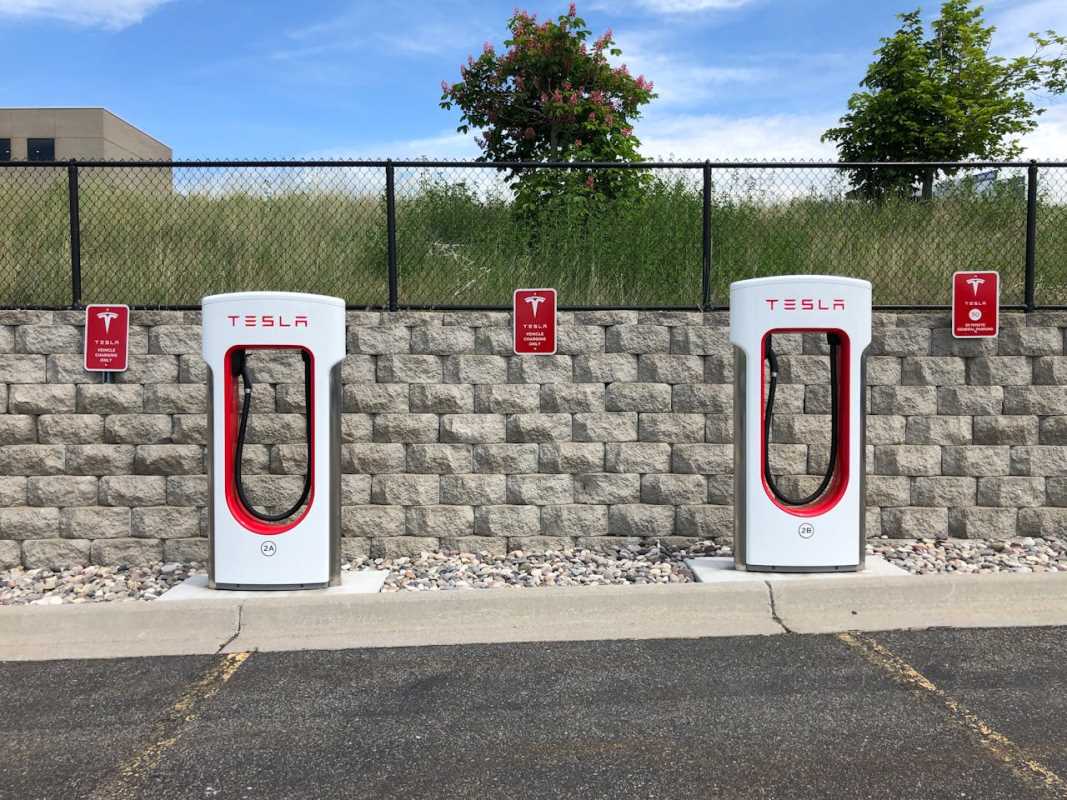Finding affordable car insurance can feel like searching for a hidden treasure. Your premium is a key part of your budget, and where you live plays one of the biggest roles in how much you pay. Rates can vary dramatically from one state to another, and even from one zip code to the next. You deserve to understand why this happens and where you might find the best rates. We’ve got you covered with a guide to the states that currently offer some of the most affordable car insurance. This will help you see the bigger picture, understand the factors at play, and feel more confident as you navigate your insurance options.
Why Does Location Matter So Much?
Before we dive into the list of affordable states, it's helpful to understand why your address has such a big impact on your car insurance rates. Insurers calculate premiums based on risk. The riskier a location is for driving, the higher the insurance costs will be for everyone living there. It's a community-wide assessment. Several key factors contribute to a state's overall risk profile.
Population Density and Traffic
States with large, dense urban centers typically have more traffic congestion. More cars on the road simply means a higher probability of accidents. A state with sprawling rural areas and smaller cities, on the other hand, will often have fewer accidents per capita, leading to lower average rates.
Weather Patterns and Natural Disasters
The climate in your state plays a significant role. States prone to frequent and severe weather events like hurricanes, tornadoes, hailstorms, or heavy snowfall see more comprehensive claims. For example, a state in the Great Plains might have higher rates due to frequent hail damage, while a coastal state might see increases because of hurricane risk.
State Laws and Regulations
Each state sets its own rules for auto insurance. These laws dictate the minimum amount of liability coverage drivers must carry. Some states have higher minimum requirements than others. States can also be "at-fault" or "no-fault." In a no-fault state, your own insurance pays for your medical bills after an accident, regardless of who caused it. This can sometimes lead to higher premiums for Personal Injury Protection (PIP) coverage.
Crime Rates and Repair Costs
The rates of vehicle theft and vandalism in your area are also factored into your premium. Additionally, the local cost of labor and parts for car repairs can influence rates. An area with a higher cost of living will generally have more expensive repair shops, which drives up the cost of collision and comprehensive claims for insurers.
The Most Affordable States for Car Insurance
Now, let's explore some of the states that consistently rank among the cheapest for auto insurance. It's important to remember that these are statewide averages. Your personal rate will still depend on your driving record, vehicle, and chosen coverage levels.
1. Vermont
Vermont often tops the list of states with the lowest car insurance premiums. Its rural landscape and low population density contribute significantly to its affordability. With fewer drivers on the road compared to most states, there are statistically fewer accidents. The state also enjoys relatively calm weather patterns, with fewer catastrophic natural disasters like hurricanes or tornadoes that lead to widespread claims. Vermont's community-focused, low-traffic environment makes it a friendly place for your insurance budget.
2. Idaho
Much like Vermont, Idaho benefits from its wide-open spaces and low population density. The majority of the state is rural, which means less traffic congestion and a lower frequency of accidents. Idaho drivers file claims less often than the national average, allowing insurers to offer more competitive rates across the board. The state also has a low rate of vehicle theft. This combination of factors helps keep insurance costs down for its residents.
3. Maine
Maine is another state where a rural setting helps drive down insurance costs. It has one of the lowest population densities in the country. This results in fewer cars on the road and a more relaxed driving environment. Maine's insurance market is also quite competitive, with numerous local and national carriers vying for business. This competition can help keep prices in check for consumers. We encourage you to shop around, as this competitive landscape can work in your favor.
4. Ohio
Ohio stands out as an affordable state that has a mix of both large cities and vast rural areas. While it is more populated than states like Vermont or Idaho, it maintains its affordability due to a highly competitive insurance market. A large number of insurance companies operate in Ohio, which creates downward pressure on prices. Additionally, the cost of living and vehicle repair costs in Ohio are generally lower than the national average, which helps insurers manage their expenses and pass those savings on to you.
5. New Hampshire
New Hampshire is unique on this list for a specific reason: it does not legally require drivers to have car insurance. However, it does have a "financial responsibility" law. This means that if you cause an accident, you must be able to prove you can pay for the damages. Most people satisfy this requirement by purchasing insurance anyway. The insurance market in New Hampshire is very affordable, largely due to its low population density and low accident rates. The state motto "Live Free or Die" even applies to its hands-off approach to insurance mandates.
States on the More Expensive End
To give you some perspective, it's helpful to know which states are typically the most expensive. States like Florida, Louisiana, New York, and Michigan often have the highest average premiums in the nation.
This is due to a combination of factors we discussed earlier. Florida and Louisiana face severe weather risks from hurricanes. New York has extremely high population density in its metropolitan areas. Michigan has a unique and historically expensive no-fault insurance system that requires drivers to carry unlimited, lifetime Personal Injury Protection benefits, though recent reforms have aimed to lower these costs.
How You Can Find Affordable Coverage Anywhere
Even if you don't live in one of the cheapest states, you have the power to lower your car insurance bill. We’re here to help you find every opportunity to save.
- Shop Around: This is the most effective way to find a better rate. Get quotes from at least three different insurance companies. Each insurer uses its own formula to calculate premiums, so the price for the exact same coverage can vary significantly.
- Ask About Discounts: You may be eligible for a wide range of discounts. Common ones include good student, safe driver, multi-policy (bundling auto and home), and discounts for having safety features in your car. Don't be afraid to ask your agent for a full review of available discounts.
- Maintain a Good Driving Record: Your driving history is one of the most powerful factors you control. Avoiding accidents and traffic tickets will keep you in a lower-risk category and help you qualify for the best rates.
- Choose a Higher Deductible: Your deductible is the amount you pay out of pocket on a claim. Opting for a higher deductible, such as raising it from $500 to $1,000, will lower your premium. Just be sure you can comfortably afford to pay that amount if you need to file a claim.







